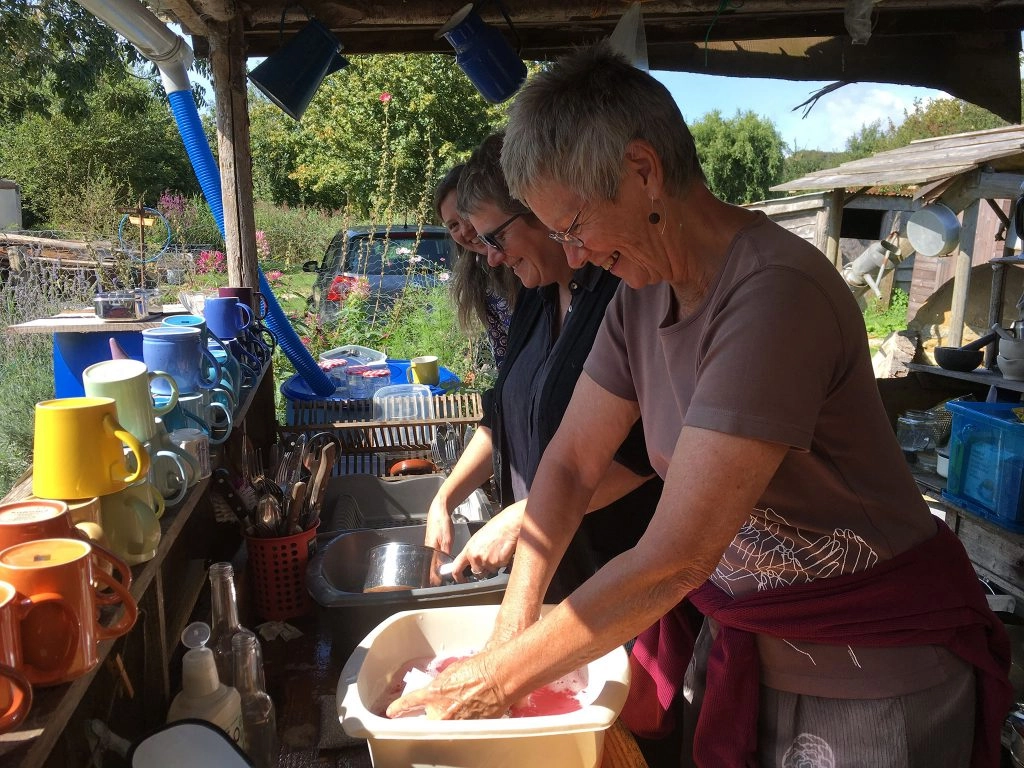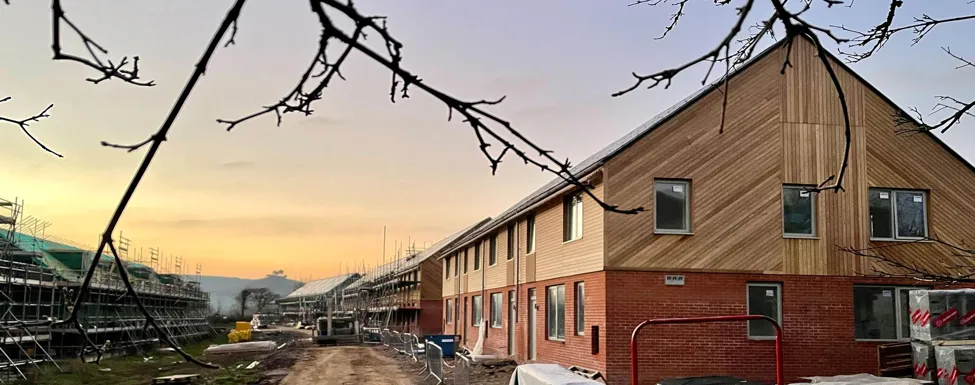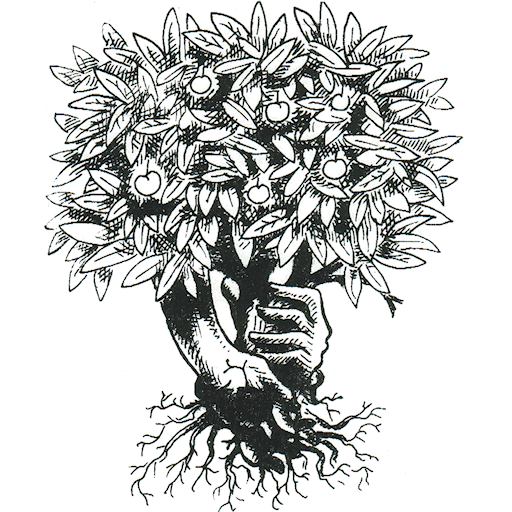Seven steps up the learning curve!
Since 1990 I’ve been involved in several projects with a strong community flavour: some are still going strong, some have struggled and petered out. This blog offers you seven insights I’ve gained over the years, mainly from projects which were place-based, i.e. creating a physical focus like a cohousing community or an education centre.
I’ve written this largely from the viewpoint of a founder or prime mover, as I’ve often been in that position. Whilst I’m a strong believer in the role of groups in creating community, often one individual is needed to initiate a project and gather the group. I’ve played that role in two cohousing neighbourhoods, and elsewhere.
1. Create a vision community
Whilst it often needs one or two individuals to initiate the vision, I wouldn’t do anything until you have established an actively supportive nucleus of people who can help you to shape, sustain and start implementing the vision. Some of these should be people willing to become ongoing members of the project once established. Qualities to look for in assembling such a group should include personal support as well as coaching/sounding board/challenge for yourself, the ability to link the spiritual and practical levels, as well as specific areas of expertise relevant to the project.
2. Test-drive your fantasy
Identify relevant projects already in existence which embody aspects of your vision: visit them, work there for a week, learn more about the strengths and weaknesses of your idea. Also, find ways to experiment with, develop and prove your concept on a small scale, at low cost, before the massive investment: for example by running short programmes at another venue if relevant. Remember how Steven Levine phoned Ram Dass excitedly to say that he wanted to start a centre for the terminally ill, and got the reply: ‘You can start it tomorrow with a telephone line for people to call you.’

3. Develop your network
Start putting the word out about your new idea to your existing contacts, and ask them for suggestions on further contacts. Think also particularly about established organisations who could provide you with a flow of clients/funding/testimonials. The number of people who will need to be aware of your project in proportion to the number who will actually actively support it is liable to be remarkably large!
4. Address your funding
Early on, work out realistically what the total investment is likely to be, especially to get all the basic ingredients up and running. This is likely to be a lot more than buying a site and building and furnishing the facilities: you need to allow for the overheads of operating the place and publicising it while usage builds up. Think creatively in the early days about how you could meet these funding needs…
5. Remember the locals!
Many innovative community projects bring a bunch of newcomers parachuting into an established neighbourhood, and a clash of values is a high risk. The early days of the Findhorn Foundation are an example of this, which I have tried to learn from. My tips are:
- start by meeting up individually with a few of the local opinion leaders, such as the councillors, learn what positives your project could offer to those already living in the area, and what the flashpoints are;
- present your project in a cautious, low-key way on your website and other communications;
- attend local parish/town council meetings, run open briefing events, so that local residents can meet you, ask their questions and express their concerns.
6. Establish credentials
You will need to do this to attract funding, clients, planning permission and local support. You may need to gain some additional work experience yourself to add to your personal credentials; also think about areas in which you will need credibility, and seek to attract active helpers, plus advisors and patrons/trustees who will provide you with experience and credibility in these areas.

7. Interpersonal dynamics
In my view, this is one of the biggest challenges/learning areas in this kind of project. To quote Ruth White: ‘In the past, many communities were places of refuge for weak people. The future role of intentional communities is as a way in which strong individuals can come together and create something even greater by learning how to work together.’ True, and the challenge of getting strong individuals to collaborate is quite a major one…! You will probably find all your sensitivities confronted and you’ll need to open up to an intense process of personal development.
Recommendations for further reading
Creating a Life Together, by Diana Leafe Christian: This book grows from decades of experience and dozens of communities. Whilst it’s a how-to guide for starting an intentional community, the sections on community principles and dynamics are invaluable for all kinds of community, and the best book I know on the subject.
Builders of the Dawn, by Gordon Davidson and Corinne McCloughlin: a superb book by two people who lived at Findhorn, and founded their own intentional community in the USA, distilling the experience of many, many intentional communities around the world.
Also see the Community section of my website, www.seedingourfuture.org.uk.
